In Arizona and in Utah, when the monsoon rains start to fall, many spectacular beetles can found in the desert scrub and forests. I spent in every of the locations we visited quite some time looking for beetles (Bryce Canyon area, Monument Valley area , Grand Canyon and Dead Horse Ranch State Park).
Darkling Beetles
In Bryce Canyon and Monument Valley, the rocky areas and bare soil in the desert scrub are ideal places to come across large darkling beetle species. Under here images from Eleodes obscurus (observed in Dixie National Forest and Bryce Canyon), followed by Asbolus laevis, photographed on the South Rim from the Grand Canyon. These beetles are often active during daytime and can sometimes be seen crossing the paths. I also found some specimens of Eleodes obscurus which were hiding under rocks.
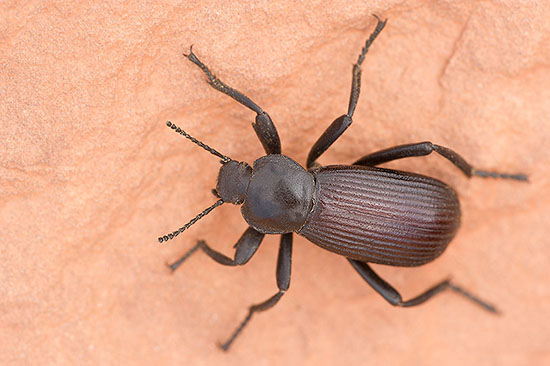
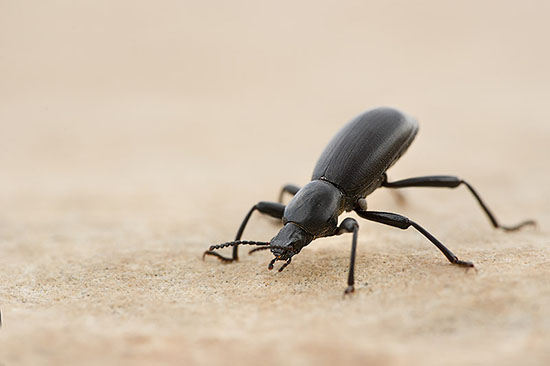
Large flightless weevils
Ophryastes are large flightless weevils (1 – 2 cm). Isolated dune massifs often hold their own endemic Ophryastes species. New species are still regularly found within this genus. Under here an image from an Ophryastes specimen which I found in the Kayenta area, while I was looking for Tiger Beetles.
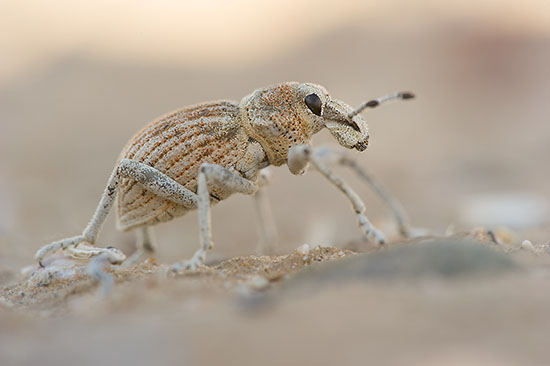
Jewel Scarabs
The genus of the Scarab Beetles, Scarabaeoideae contains an immense diversity. This genus is well represented in Arizona and Utah. The genus contains spectacular families such as the Hercules Beetles (Dynastes), Stag Beetles, Jewel Scarabs and Flower Chafers. Unfortunately we were a little too early for spotting Hercules Beetles (mainly found in August and September). Many species of these groups are attracted to the lights at night, so I often looked for beetles in the surroundings of our hotels and at remote gasoline stations. Although the success of my quests varied a lot, I found some interesting and beautiful species. Often present in quite large numbers are tiny scarabs, such as this Diplotaxis species (image under here). This specimen was definitely employed at the 'Ministry of Silly Walks'...
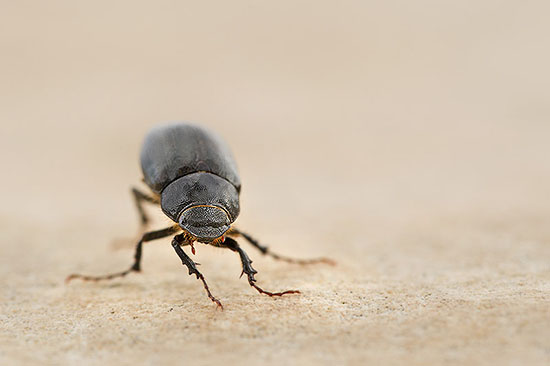
On the South Rim I was really pleased to find under a Juniper tree a specimen of Chrysina lecontei, a splendid Jewel Scarab species. Jewel Scarabs are a Neotropical genus of Chafer- related Scarabs. The genus represented with a great species diversity in Central Latin America, but a few species can also be found in the South of the United States. Under here Chrysina Lecontei, followed by images from Chrysina beyeri.
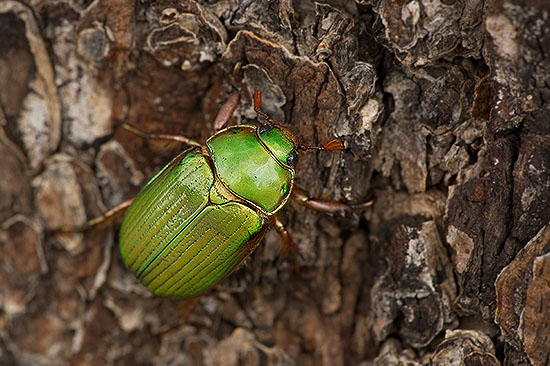
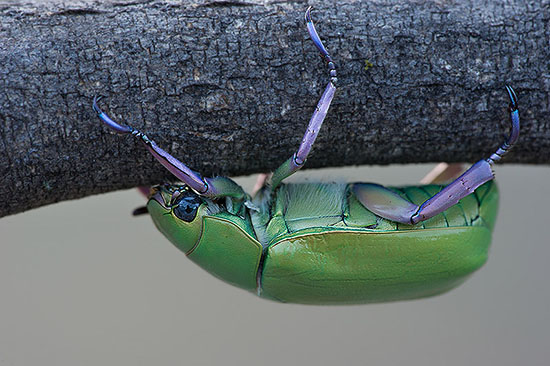
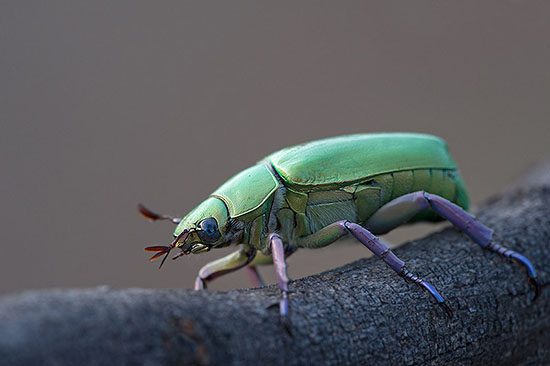
Dead Horse Ranch State Park and the use of blacklight
Dead Horse Ranch State Park is a small park close to Cottonwood, Arizona. It contains some very nice natural cottonwood forest along a small stream, dry scrub vegetation, some open grasslands and a few artificial ponds, who attract a lot of birds and insects too. In the natural cottonwoods we found some really massive decaying old trees, which seemed particularly interesting for some dead-wood beetles such as Click Beetles and some Chafer-species. Many of the dead-wood dependent beetles are only dependent on dead word for their larval stage. The larvae of some Jewel Scarabs and Chafer species are dependent on decaying wood and spend their life in tree cavities of huge trees. Their adults often feed on flowers and tree juice. All these microhabitat elements (tree cavities, plenty of flowering plants and shrubs) were present in the cottonwoods, so our expectations were high.
Thanks to a tip of someone on the ‘Bugguide forum’, we got into contact with Margarethe Brummermann. Margarethe organises ‘insect and bug guide safaris’ and uses a blacklight installation at night to attract moths, beetles, katydids and many more small creatures… Margarethe is a biologist gifted with an amazing ecological and field knowledge. She is familiar with almost all the animal and plant groups occurring in Arizona. Margarethe lives on a ranch close to Tucson and we decided to meet in Dead Horse Ranch State Park. I was immediately impressed by her amazing knowledge of all the bugs we found in the field.
Unfortunately we couldn’t set up the blacklight installation close to the Cottonwood area, because this area is closed for public at night. But nevertheless the installation, set up close to the camping site, attracted spectacular numbers of moths, beetles and tiny bugs!
Under here an image of the blacklight installation. Our daughters had great fun observing all the tiny creatures and I can absolutely recommend the help of Margarethe!
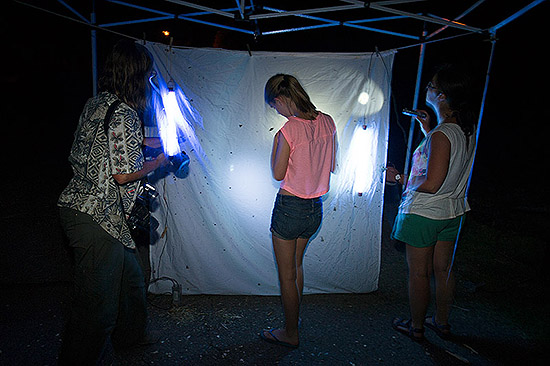
The next image shows a Hawkmoth and some tiny moths, grasshoppers and a planthopper.
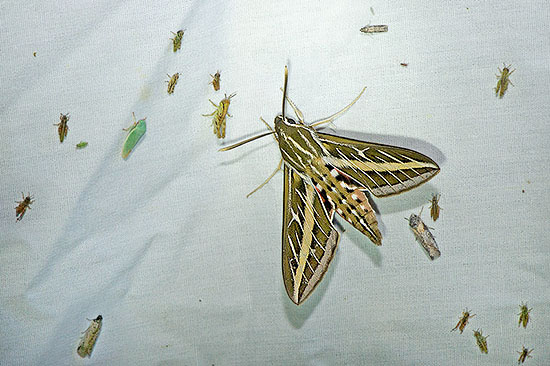
And more nice gatherings of moths, grasshoppers, tiny beetles and tiny cicadas.
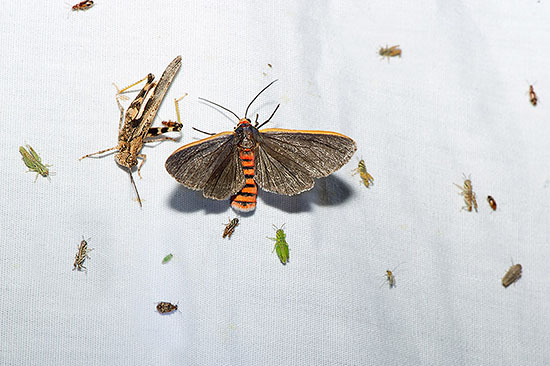
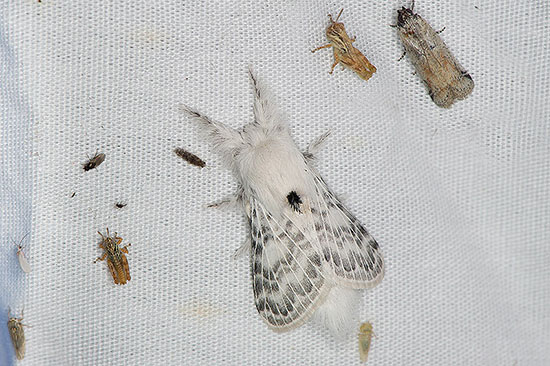
The next image illustrates an adult Antlion, with a small Scarab Beetle and a Grasshopper.
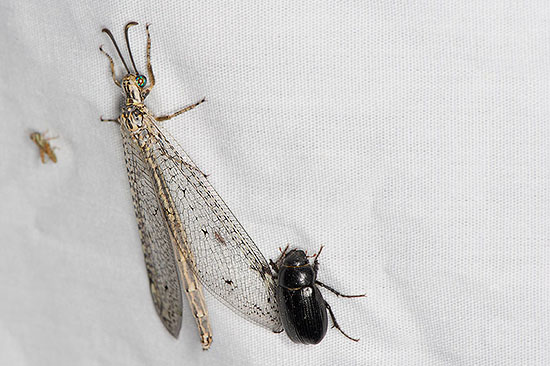
Two beetle species which flew regularly into the lights are this Blister Beetle and White-Striped Tiger Beetle.
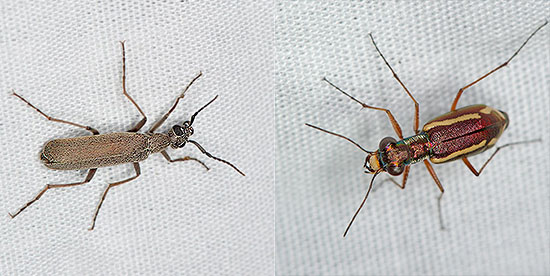
The next image illustrates again the diversity of species attracted to the lights: a huge wasp and a tiny planthopper.
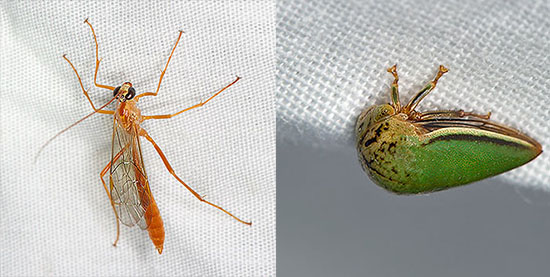
During our evening search around the cottonwoods, large Click Beetles and a Splendid Chafer were regularly observed. Under here images from Chalcolepidius apachianus, Chalcolepidius lenzi or behrensii, and Cotinis mutabilis. The last species was pretty common in the cottonwoods; they were regularly observed feeding on flowers or found gathering in small willow shrubs.
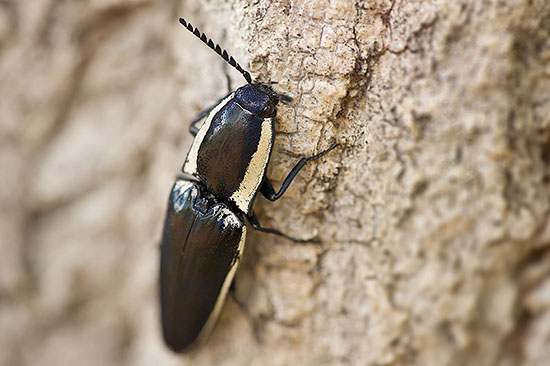
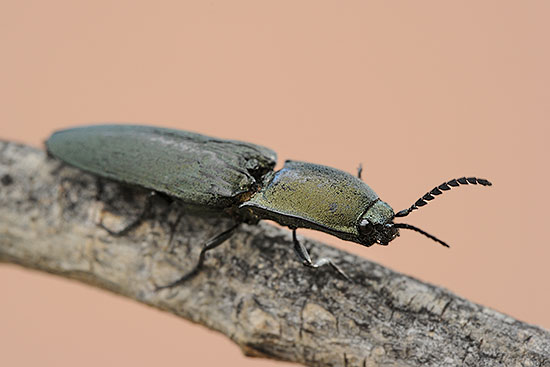
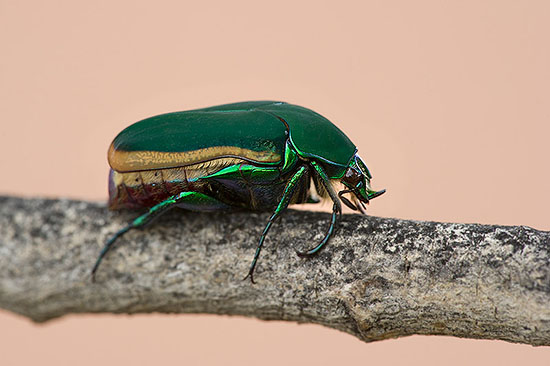
Under here another bunch of species from in and outside the park, found with the help of Margarethe: a massive ground beetle from the Scarites family: Pasimachus californicus, followed by Calosoma peregrinator, a ground beetle specialised in caterpillar hunting.
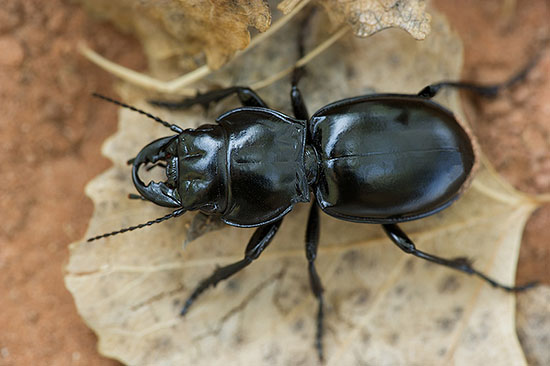
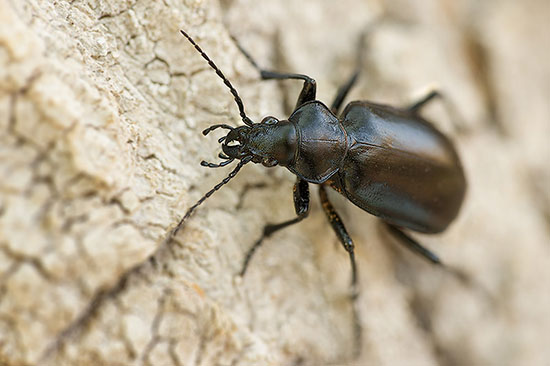
The next images illustrate Polyphylla decemlineata, Cotalpa consobrina, Lucanus mazama, and Orizabus clunalis, all large members from the Scarabaeoideae.
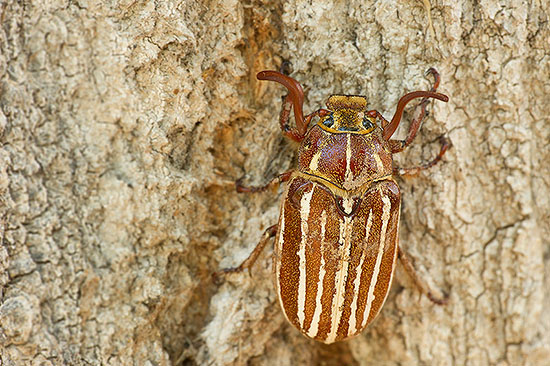
Come on, gimme a hug...
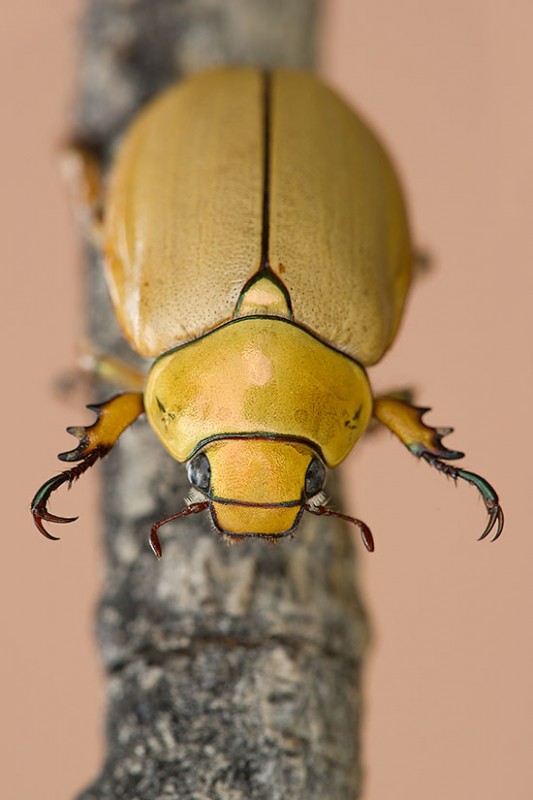
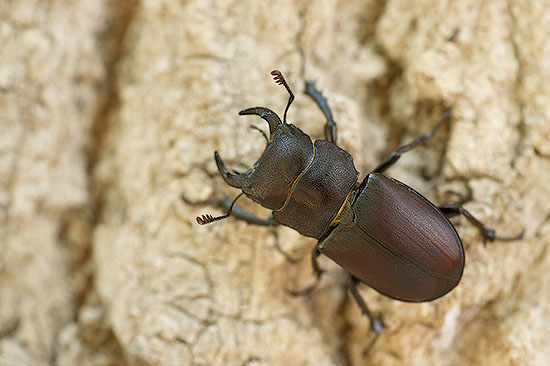
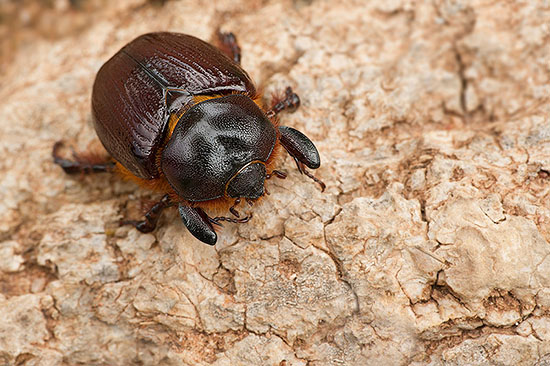
Under here, two of my favourite beetle portraits from this trip: Polyphylla decemlineata and Chrysina beyeri, with its delicate pink legs.
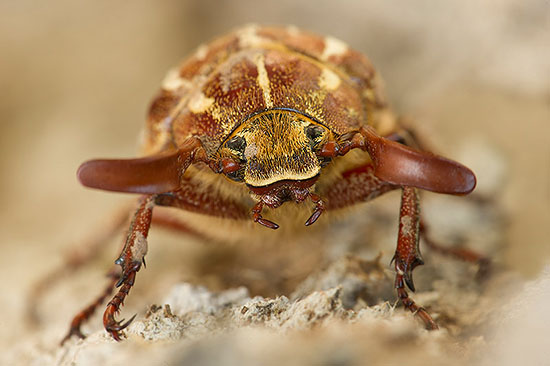
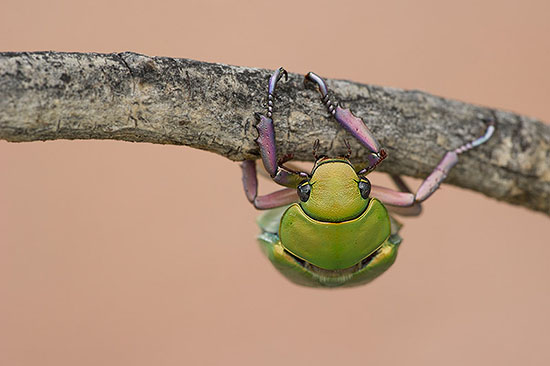
Many thanks to Margarethe Brummermann for all the help and care! We had a great time and we really hope to come back for more beetle safaris in the South. Especially Madeira Canyon and Wilcockx Playa are high on my wish list!
For those who are interested in beetle safaris, and eger to read plenty of interesting stories about the wildlife around Tucson, please take a look at Margarethe’s blog.
